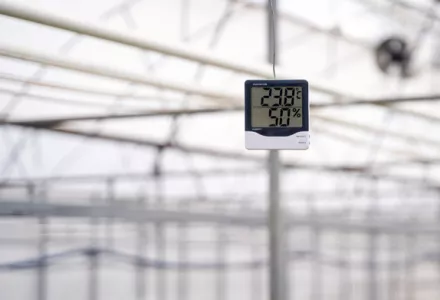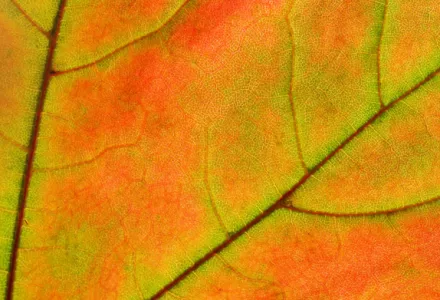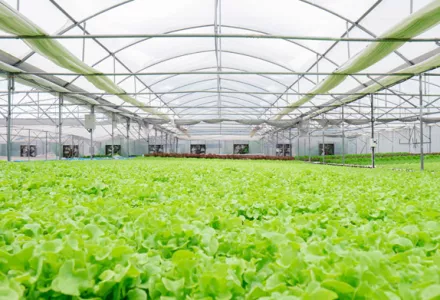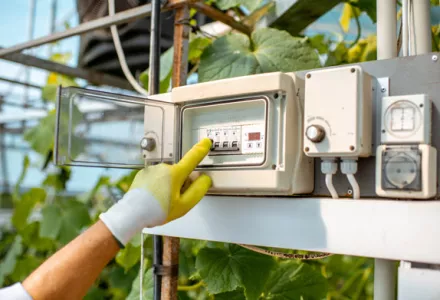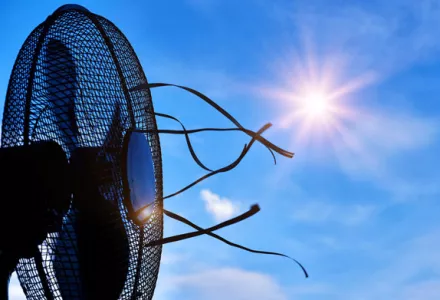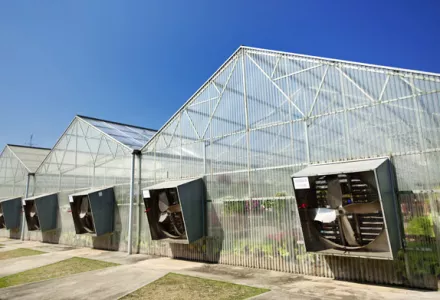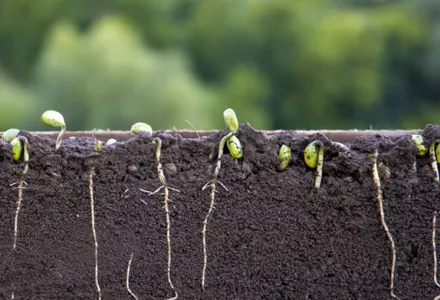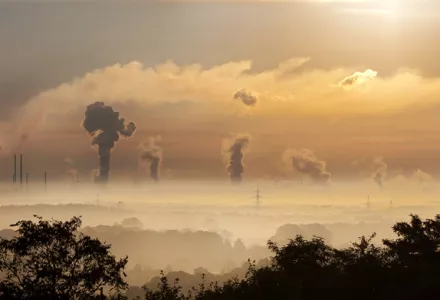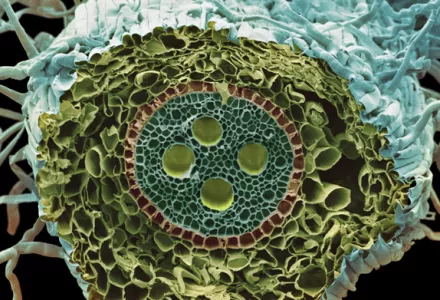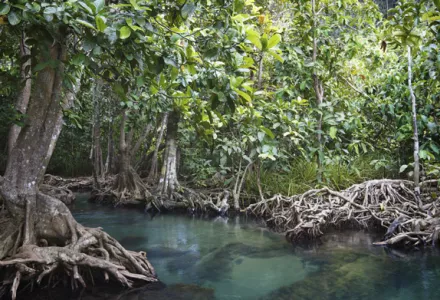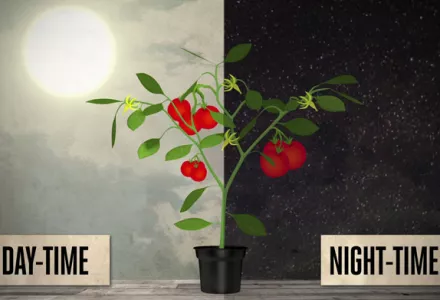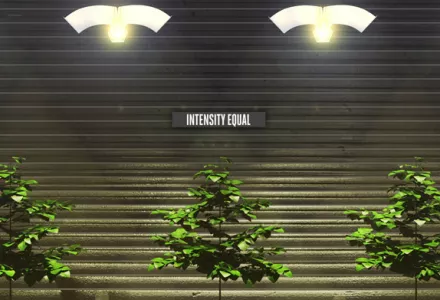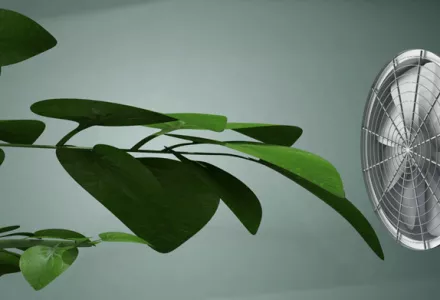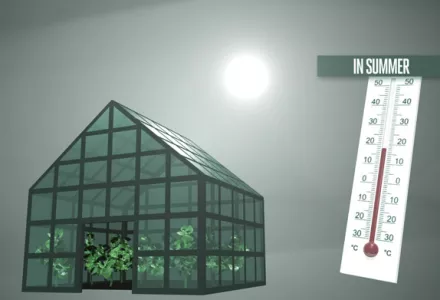Temperature has a direct effect on the growth and development of a plant or crop. Most influential of all is air temperature, which can influence the entire plant system.
See also our article: How air temperature affects plants
All the main areas of concern – watering, root zone, flowering, maturation, and harvest – are directly influenced by air temperature. Ambient air temperature serves as the main control of plant function and development. It can speed up or slow down all the chemical processes that need to happen for the plant to survive, and it can even affect the physical structure of the cells themselves.
But what about nutrition, and water, and all the other things that plants need? These are certainly every bit as important as temperature, but a plant will continue to grow, even if certain nutrients are lacking. As temperature is reduced, however, less growth will actually occur.
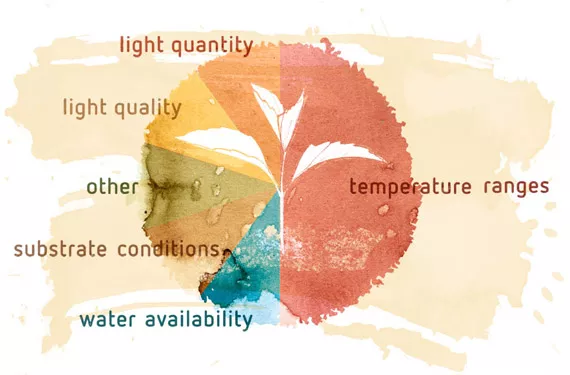
Temperature affects relative humidity which in turn drives the water supply and ion transport. Temperature will even affect the Phenotype of a plant. It will affect which ions are taken up, and it will affect the stability of compounds produced by the plant. It will also affect the incidence of disease and insect infestations. In short, temperature is important. It is the first thing you should check when you are looking for the cause of problems with your plants, and if success is important to you, temperature must be managed correctly.
Here are some important observations about air temperature:
- The temperature of the inside of the plant tissue that enables photosynthesis to occur will be higher than the surrounding air. Light is focused and absorbed by the tissue, and some of it is converted into heat energy too.
- Temperature, because it relates to humidity, determines both the evaporative potential for the plant and its need for water and so it drives the ‘engine’ of the plant.
- Chemical reactions can all be regulated by the introduction – or removal – of heat: in plants, the higher the temperature, the faster chemical and physical reactions occur, up to the point at which the reaction chain is short-circuited.
- Temperature affects the shapes of some molecules, particularly proteins, and both higher and lower temperatures will ‘denature’ a protein which means it changes shape and becomes different. Think about what happens when you boil an egg, for example.
- Temperature has an ideal range, and it also has a survival range.
- Air temperature should be adjusted with root zone temperature in mind. When root zone temperatures are too far below air temperature, the root system may fall behind the top of the plant, meaning a lack of water and nutrient uptake.
- Because temperature affects the production or utilization of many compounds within the plant, it can be used to control many factors such as height, the intensity of colors, or even metabolite production.
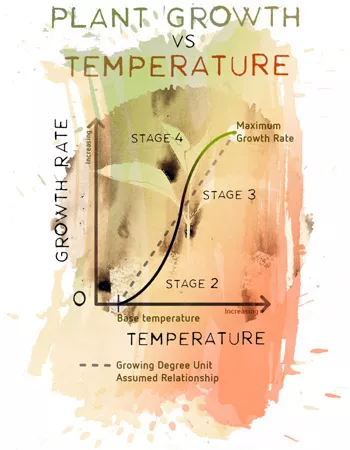
The temperature of the growing environment must be regulated whenever possible, and mitigated when this is not possible. Methods of regulating air temperature can vary and how this is done matters little, as long as factors such as safety and humidity are planned for. There are forced air systems, evaporative cooling systems, radiant heat systems, steam, hot water, electric, and so on. However, looking at all these different systems is not our concern here, but rather why we should regulate temperature and what we can achieve by this.
The entire discussion about temperature could probably be condensed down into the notion that a plant is basically a water-filled collection of very small bags (cells) in which chemical processes occur, and that temperature defines the boundaries within which these reactions can occur as they should. These chemical processes are, essentially, what life is – the succession of reactions that occur beginning from the translation of DNA to the accumulation of mass through self-replication.
The ultimate goal is to ensure that all the chemical processes occurring in the proper order, at the proper time, and at maximum capacity, just like any other assembly line out there.
The closer the conditions are to ‘perfect’, the better these processes will occur.
Although plants share a majority of the same processes, they do differ in their ultimate composition based, in large part, on the environment in which they have evolved, so it is not a one-size-fits-all situation. Any plant will have a temperature range in which it does best, as well as substrate conditions, light quantity, light quality, and water availability, and all these things affect whether the chemical processes that constitute life can occur as they should. These temperature ranges correspond to the range within which water remains liquid. Each species of plant has a specific range of temperatures that they can survive in. They also have a much smaller range within which they will perform optimally.
Because all the essential factors for plant life (light, temperature, water, element availability) are interconnected, and because the plant depends on accumulating certain components needed for these processes before they can begin others, they develop cycles of minimum and maximum activity known as diurnal cycles, or daily cycles. Everything needs to come together at the correct time within a 24-hour window. All this involves the many effects of temperature including its direct effect on humidity. As air temperature rises or falls, so too does its capacity to hold water. This is why we talk of Relative Humidity – the level of humidity in the air is always relative to what the temperature is at any given moment in time. The humidity content in the air governs the rate at which evapotranspiration can occur in a plant. This is the process that cools the plant tissues in which the chemical processes occur, supplies the water that the plant needs, and includes nutrient transport in a process known as mass, or bulk flow. These chemical reactions not only require a certain temperature, they also give off heat themselves. In addition, the temperature at which reactions will occur effectively controls what the plant produces and how well it works.
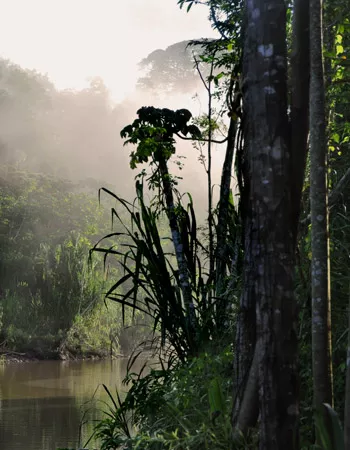
If a grower is aware of these relationships, he can also calculate what temperature ranges the crops need and provide this on the basis of the stage at which the crop is in, taking into account all the other requirements such as light levels, timing and intensity and quality. If the grower cannot regulate these temperatures, he must adjust the other aspects of growing, again such as light levels, water supply, humidity, and fertility based on the temperature conditions that will affect the crop.
The grower can also control the temperature to achieve a certain level of growth or development. One of the best ways to use temperature controls is to regulate the difference between day and night temperatures. The DIF is the difference between day temperatures and night temperatures. This influences growth and development benchmarks such as internode length (plant height), leaf and shoot orientation, chlorophyll content, branching and flower development. Some plants delay flowering if the day temperature is lower than the night temperature (negative DIF), but they will develop height faster through internode elongation. Cooler night temperatures can control flower development and color, maintain a compact growth form, and influence the development of plant specific compounds.
The grower should research the crop being grown because all plants react differently – there are not only differences between species but also between varieties of the same species.
Temperature will also affect what is possible and how the plant or crop should be fed and watered. Where day temperatures are higher or lower than the optimum range, the water supply and feed applications should also change. Higher temperatures and brighter light levels will soon require higher amounts of water while nutrient concentration should be reduced because the plant needs more water. Of course, as mentioned earlier, the same can occur when the humidity levels are out of line with the temperatures.
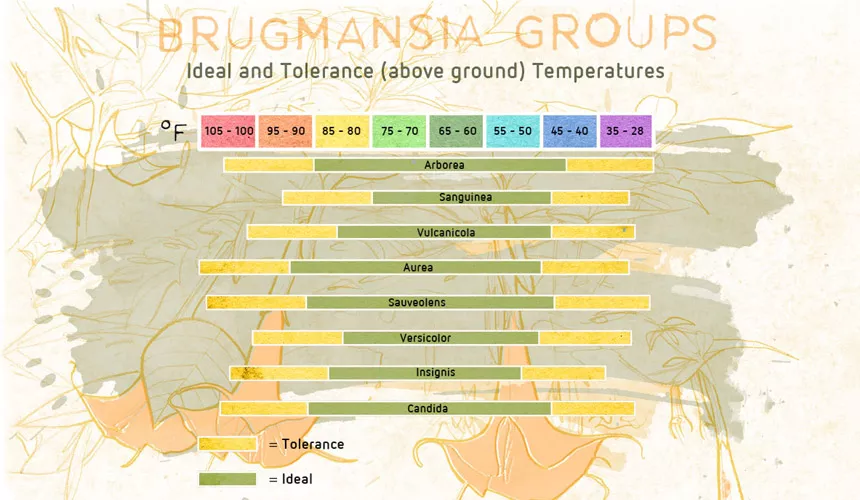
Typically, during the flowering stage, night temperatures should be cooler than day, but this can vary from plant to plant. Just a few degrees can make a difference in the timing and final quality of the crop. Additional techniques for using this knowledge of differences in temperature (coupled with light quality/ quantity) are known but have not been tried and tested to the same extent in real-world growing. Even a short duration ‘dip’ in night temperature can produce results. While a small difference is allowed between night and day temperatures, an additional couple of hours in which the temperature dips further right at the beginning of daylight conditions is allowed. This is hard to achieve with current controller design but shows some promise.
In the end, the grower has to understand the needs of his crop, what is possible for that crop and cultivation setup, and he must provide a minimum level of regulation to achieve consistent quality. There are no short-cuts here. The plant develops within a certain temperature range. While the plant can survive and even do moderately well in a wide range of air temperatures, optimum performance is impossible without the optimum temperature range.

